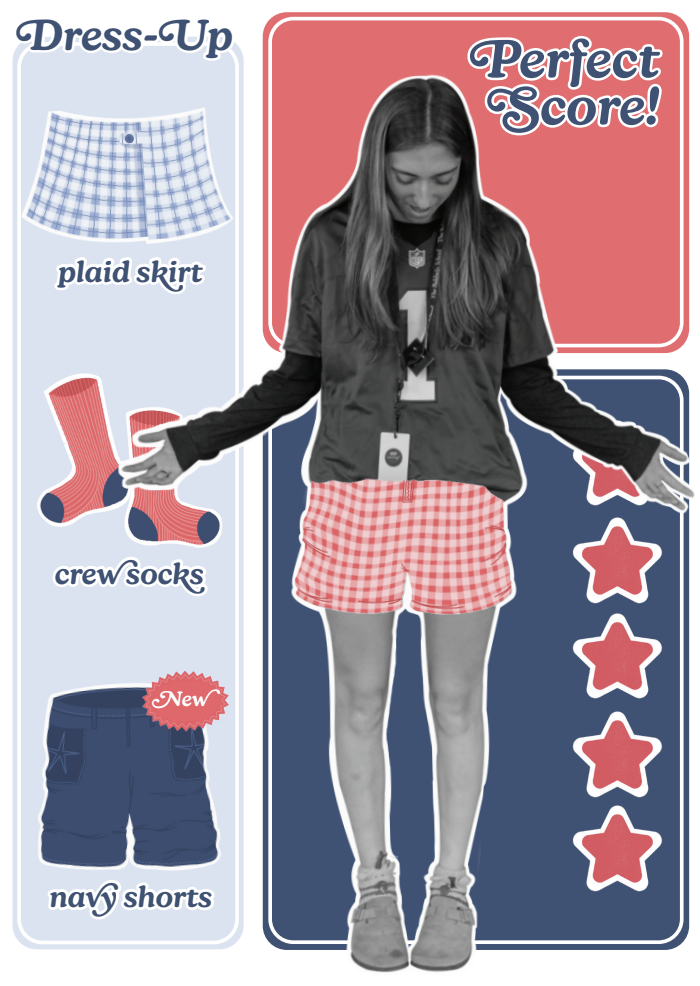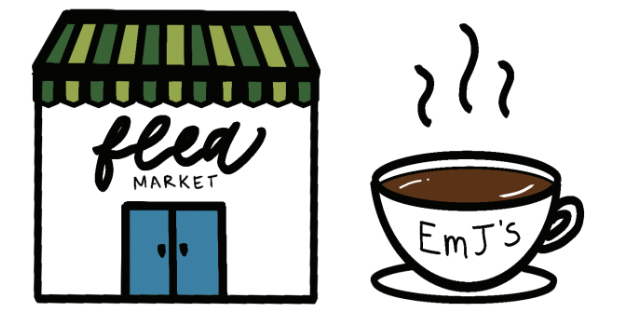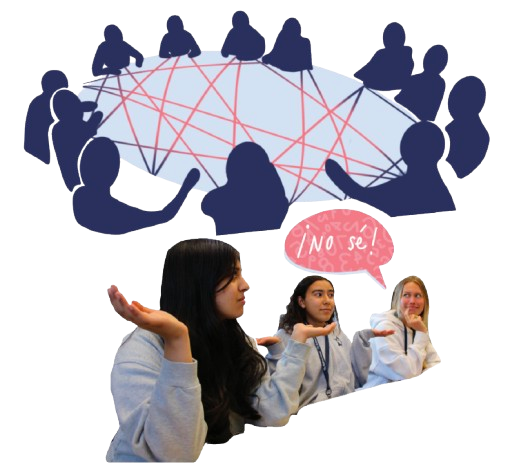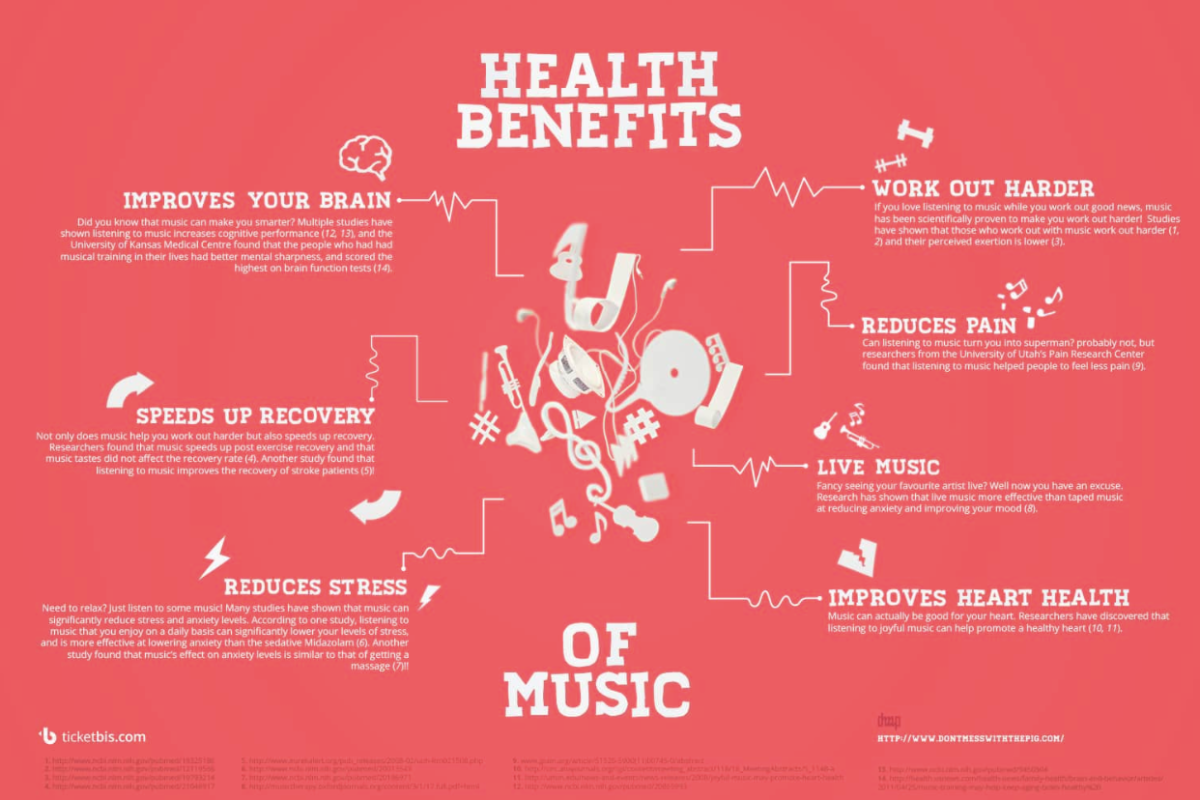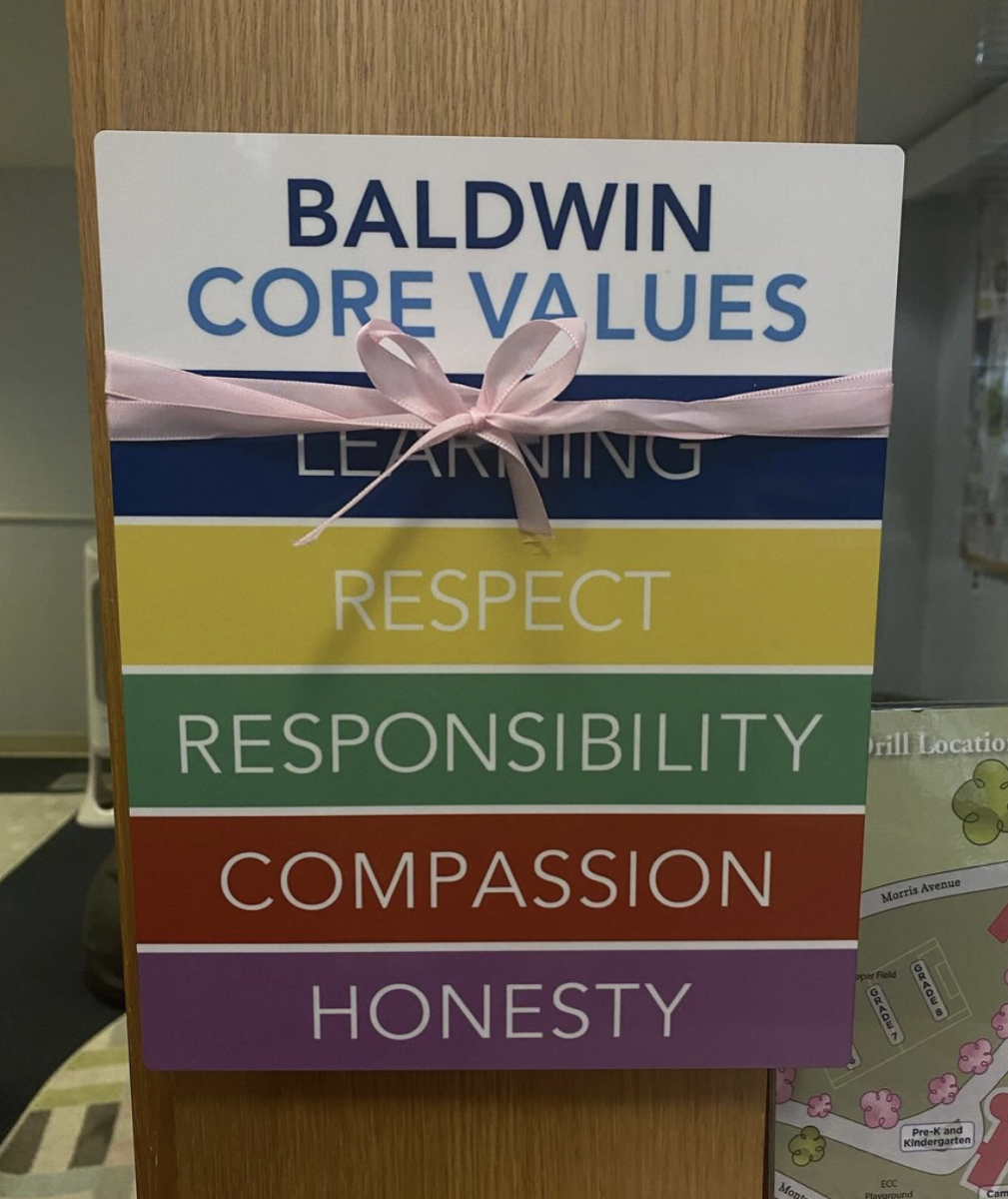Fast Fashion: Style and Budget at the Expense of Ethical Responsibility
Why are people compelled to shop fast fashion?
Merriam-Webster defines fast fashion as: “an approach to the design, creation, and marketing of clothing fashions that emphasizes making fashion trends quickly and cheaply available to consumers,” and most upper schoolers would probably derive a similar definition if put on the spot. The meaning doesn’t allude to any sinister undertones, so what’s the problem with affordable clothing?
A prime example of the inequitable nature of this business is Shein, a Chinese fashion retail website. An article in TIME Magazine explains that the company emits 6.3 million tons of carbon dioxide each year. Employees work 17-hour shifts with base salaries of only $20 a day, so that the brand can offer 600,000 pieces of affordable clothing on its website.
Other fast fashion brands like Zara, ASOS, and Forever 21 also offer wide selections of trendy apparel for similarly cheap prices. They are among the top shopped clothing brands for teenagers, but also some of the least sustainable. Out of a sample of 48 upper school students surveyed, 84% had shopped at these top fast fashion brands.
Violet Paiva ‘23 stated, “[These brands] are cheap and they always have new styles that match the trends.”
The fast fashion industry gives high schoolers the opportunity to choose from a variety of stylish pieces at affordable prices. Earth.org describes how meeting the high demand in production of synthetic fibers “requires huge amounts of energy” and says, “The fashion industry accounts for nearly up to 10% of global carbon emissions.”
While fast fashion has clear downsides in the sustainability sector, it is not always an affordable option for people to shop sustainably. On average, the prices of sustainable fabrics are 2.5 to 4 times more expensive, according to Wanderlust.
These increased prices reflect the sourcing expenses of natural fibers, as well as recycling and small batch production. Moreover, paying employees fair wages means companies must charge more to make the same profit as fast fashion brands: worldwide, only 2% of fast fashion workers receive livable salaries, according to OurCulture.
Altogether, these added expenses put many sustainable brands out of the price range of many people. According to a national survey by Statista, only 35% of consumers are ready to pay more to buy sustainable clothing.
Another obstacle to sustainable shopping is the fact that sustainable brands are often not as well known. In fact, only 10% of the Upper School have even heard of the leading sustainable brands.
Rae Mirin ‘25 said, “I’ve heard about these places through research, but I still struggle to find these brands, or clothing that is within a price range I feel comfortable about.”
It is hard for many to find a brand that fulfills style, price, and environmental/ethical responsibility. But there are some sustainable alternatives students should consider that won’t break the bank.
For example, the Girlfriend Collective— with clothing made from recycled materials—offers athleticwear at competitive prices. Cariuma sneakers— which are also made from organic and recycled materials, and offer many vegan options— are increasingly popular, at a realistic price point.
If you’re curious about how your favorite brands score in terms of sustainability, or are just curious about ethical alternatives, the website Good on You is a great place to start to find ratings, reviews, and recommendations. Although fast fashion may feel like the easier option, with tools like this and some online sleuthing, it is possible to find sustainable options that are also affordable.
Jen is the news editor for the Hourglass and has written for the paper since 9th grade. Outside of school, she is a competitive alpine skier and enjoys...




